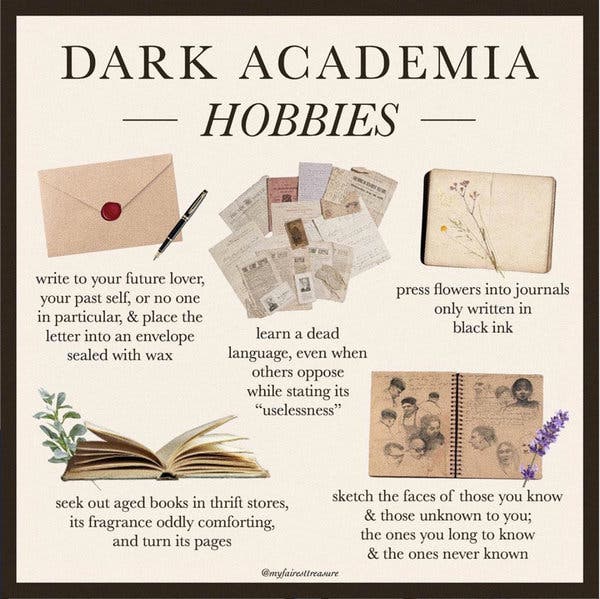Once again we are reading about sexism in the video game industry. The New York Times has a story from June 23rd on how Dozens of Women in Gaming Speak Out About Sexism and Harassment. We have heard these stories regularly since GamerGate though many of these focus on behaviour of Twitch stars. One hopes there will be some change.
Kenzie Gordon, who is doing a PhD here at the U of Alberta described why we have this persistent sexism in gaming,
The gaming industry is particularly conducive to a culture of misogyny and sexual harassment, Ms. Gordon said, because straight white men have “created the identity of the gamer as this exclusive property.” When women, people of color or L.G.B.T.Q. people try to break into the industry, she said, the “toxic geek masculinity” pushes back in ways that often lead to sexual abuse and bullying.
One positive change is happening at Ubisoft. Endgaget has a story on how the Ubisoft CEO lays out a plan to change the company’s toxic culture. This is after complaints including an extensive post by Chelsea O’Hara on Breaking My Silence at Ubisoft Toronto.
These concrete developments at companies like Ubisoft are in contrast with what happened a year before in 2019 when there was a backlash against victims who called out their harassers after indie developer Alec Holowka committed suicide. As the Wired article by Laurie Penny Gaming’s #MeToo Moment and the Tyranny of Male Fragility points out, the trolls attacked the victims using the logic that they should have known Holowka was fragile and let him be.
The message is clear: Men’s mental health matters more than women’s. Men’s suffering and self-loathing is treated as a public concern, because men are permitted to be real people whose inner lives and dreams matter. Who cares, then, how many women they destroy along the way?





